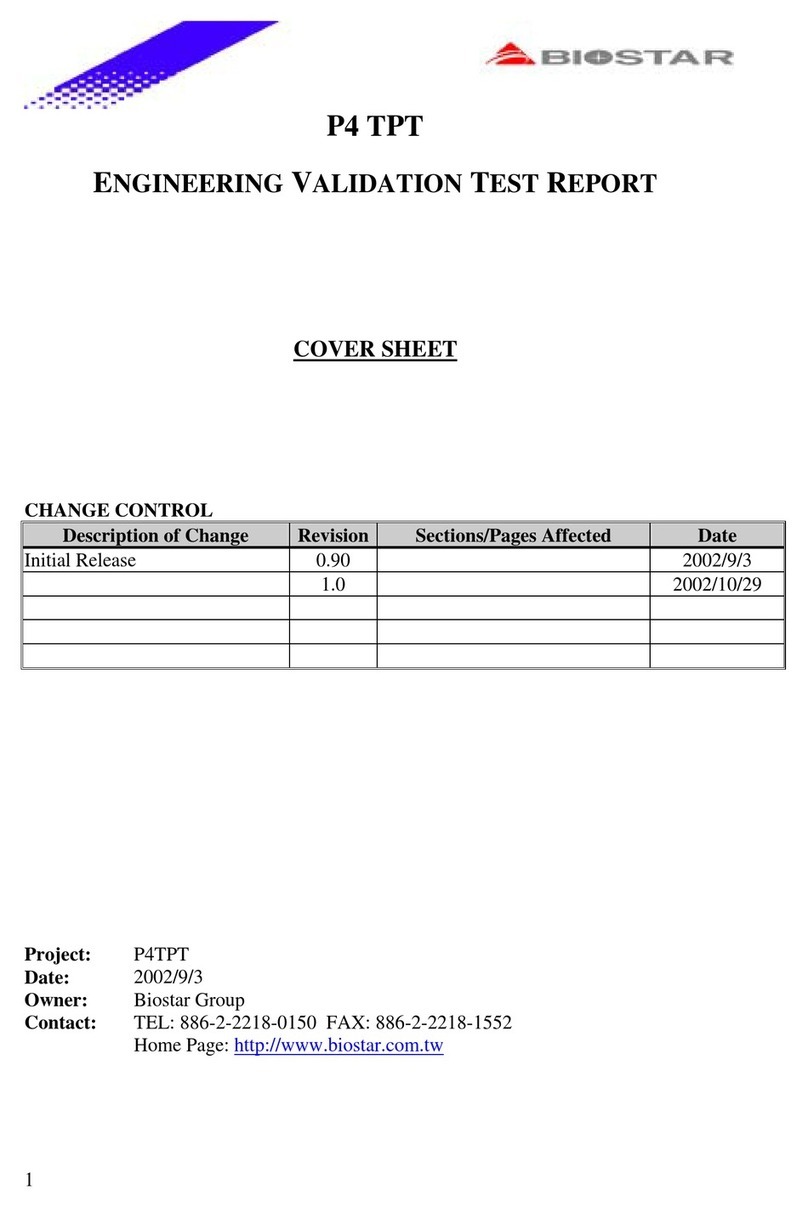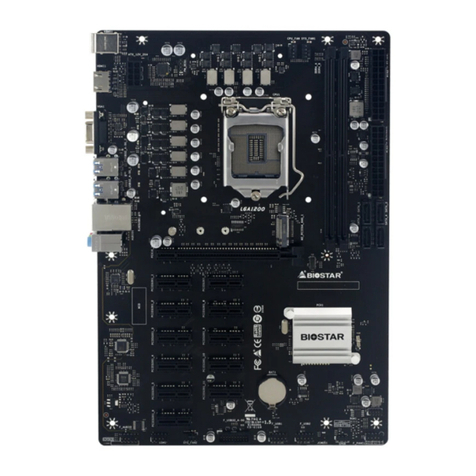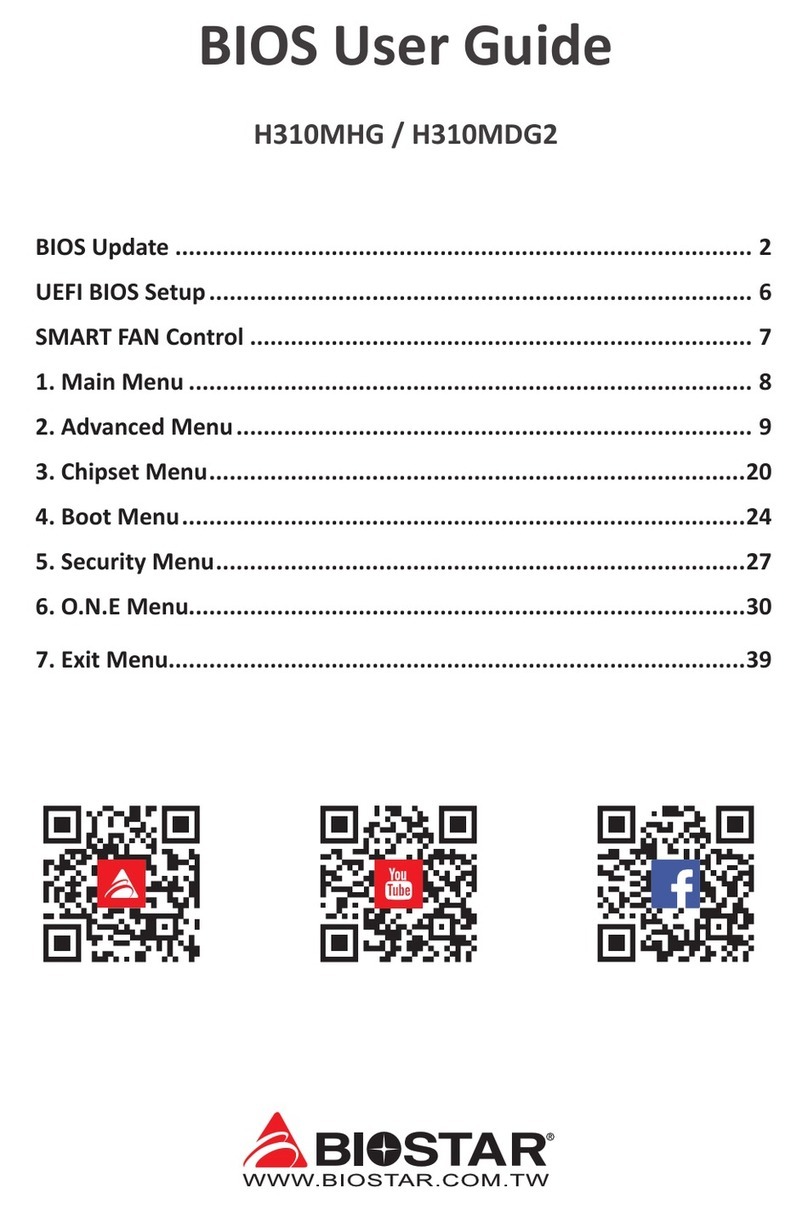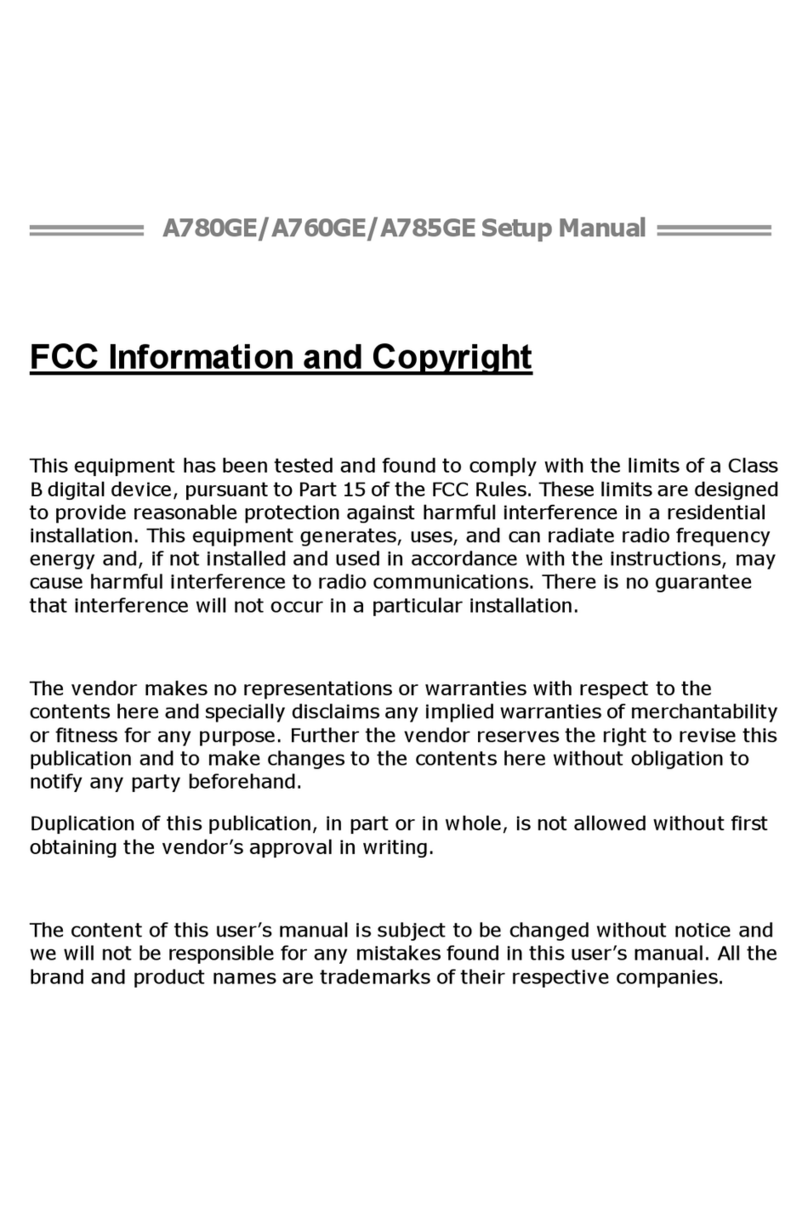Biostar M7VID User manual
Other Biostar Motherboard manuals

Biostar
Biostar Hi-Fi A85S3 User guide
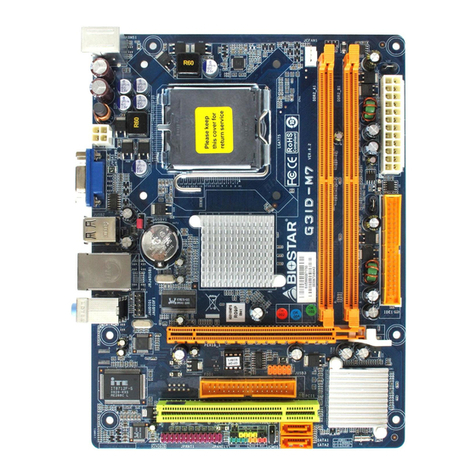
Biostar
Biostar G31D-M7 User guide
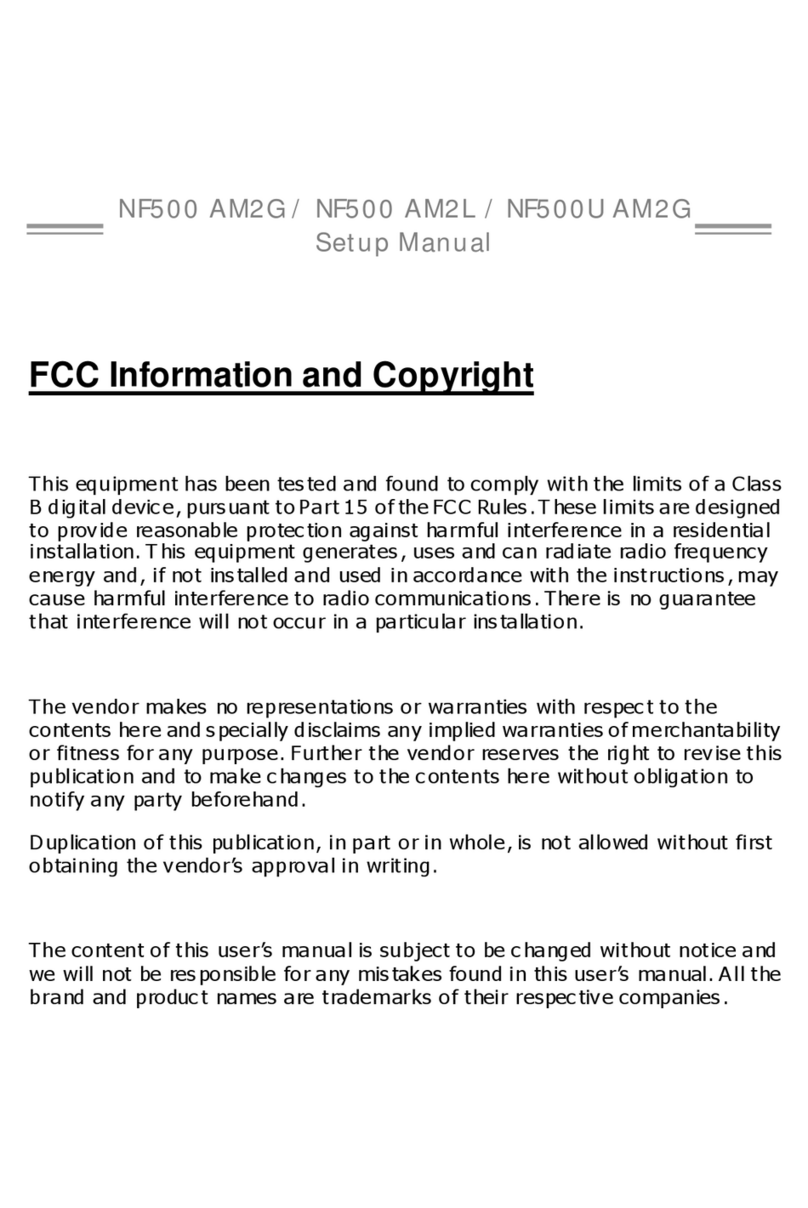
Biostar
Biostar NF500 AM2G User guide
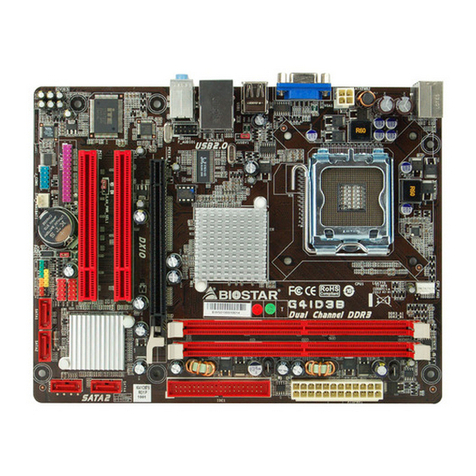
Biostar
Biostar G41D3B User guide
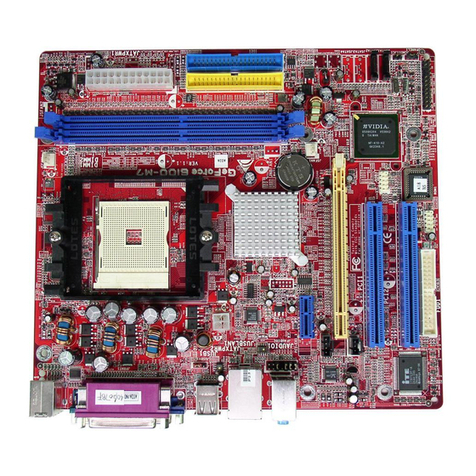
Biostar
Biostar GeForce 6100 M7 User manual
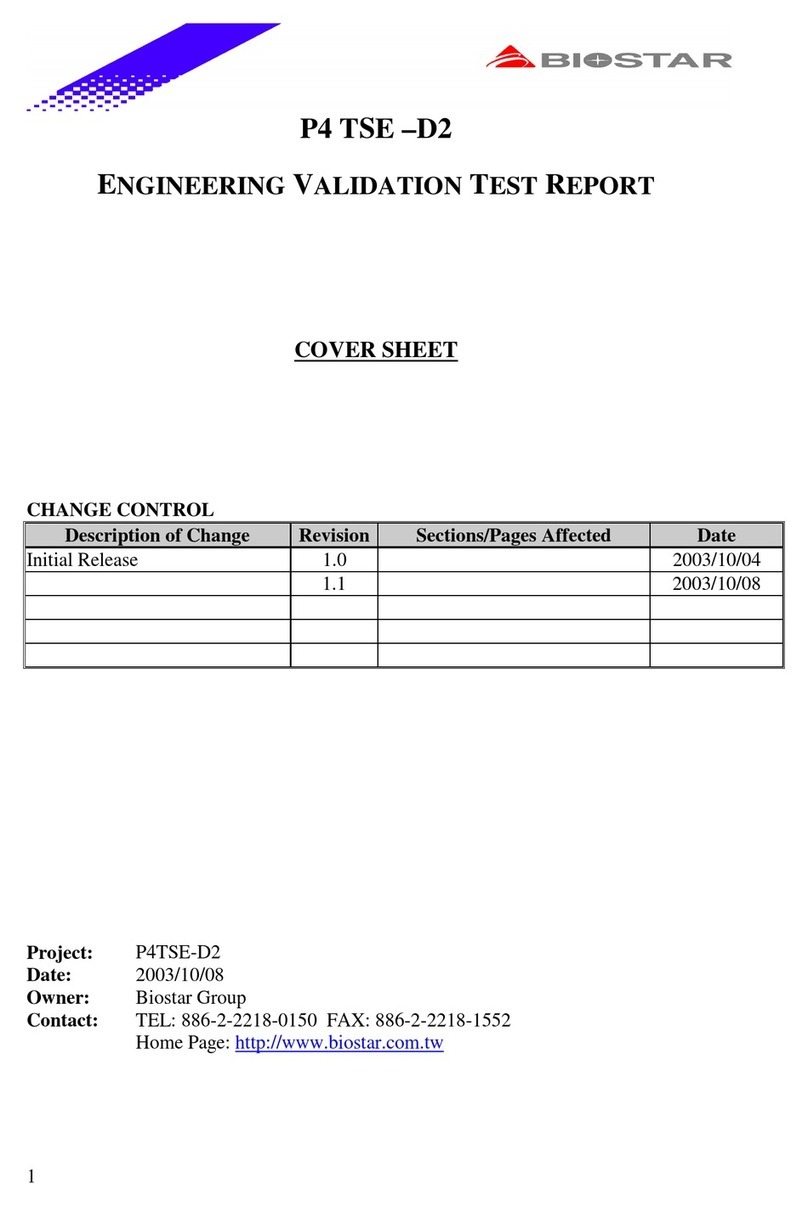
Biostar
Biostar P4 TSE-D2 User manual
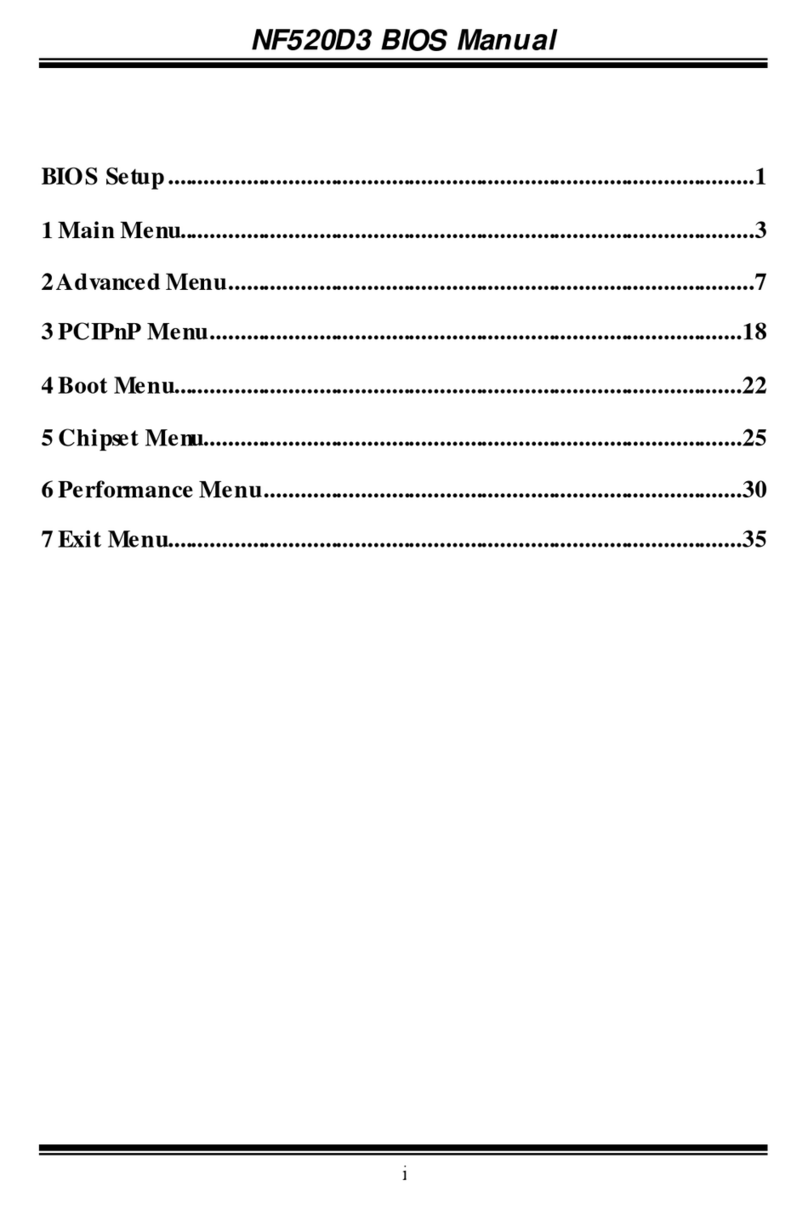
Biostar
Biostar NF520D3 - BIOS User manual
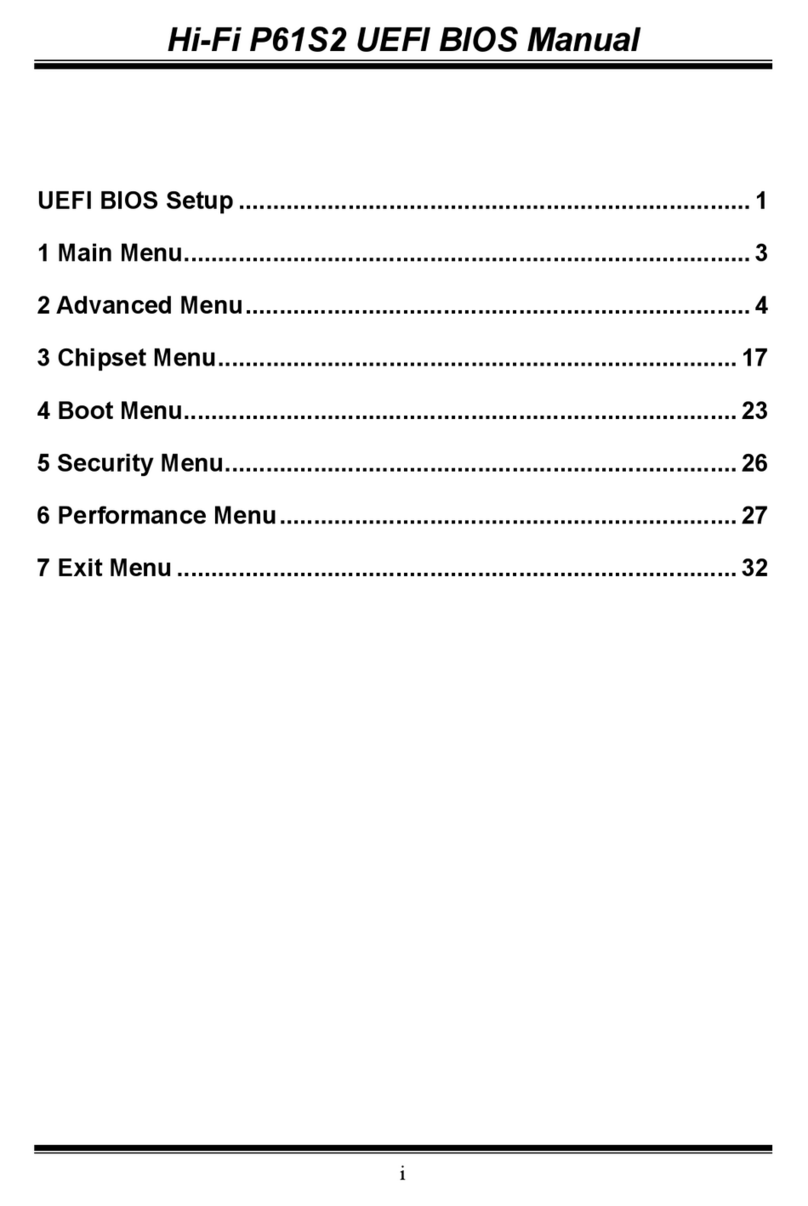
Biostar
Biostar Hi-Fi P61S2 User manual
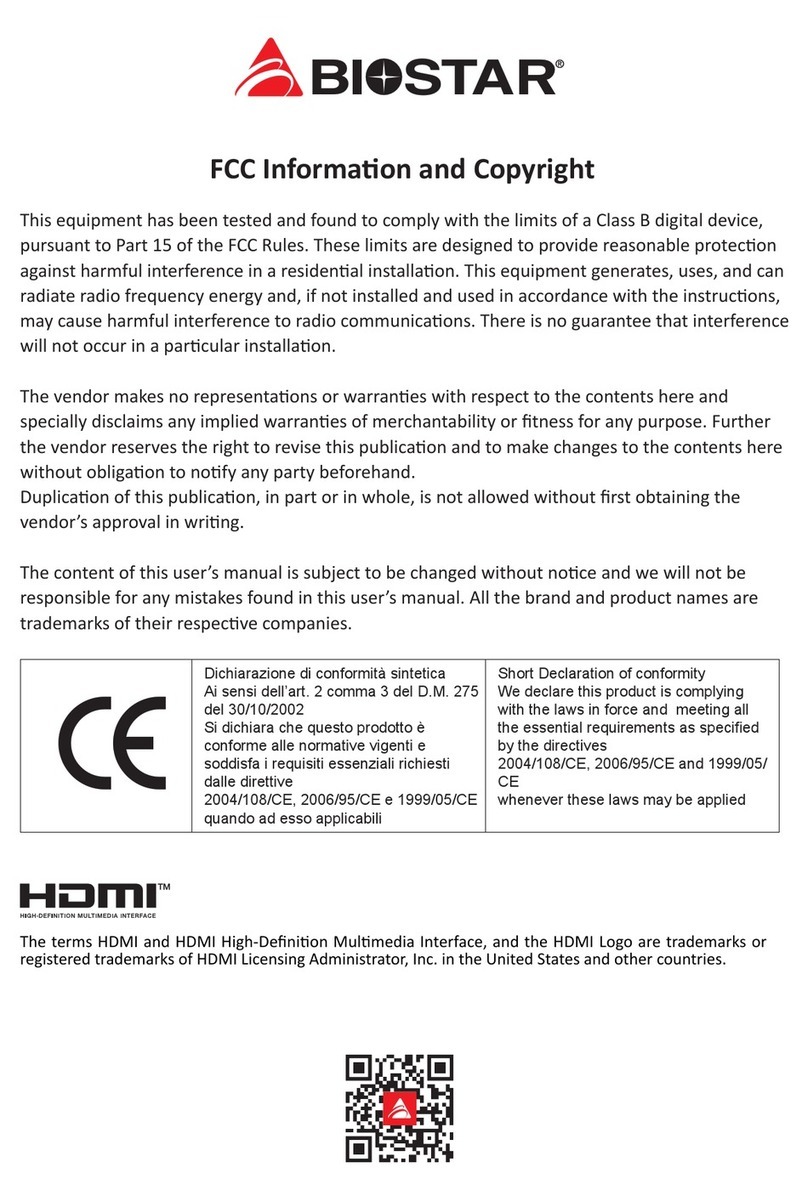
Biostar
Biostar B660GTA User manual
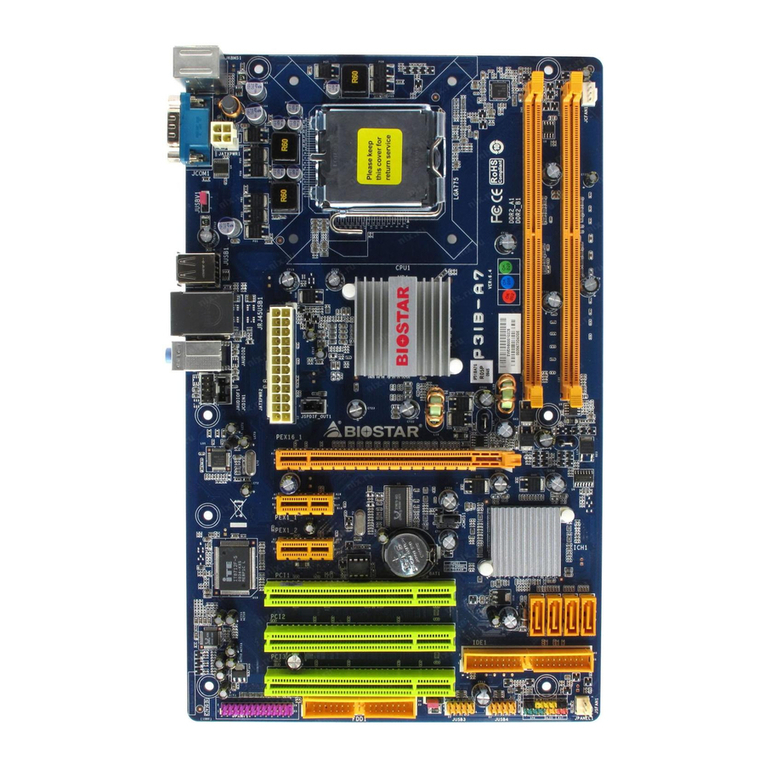
Biostar
Biostar G31-M7 User guide
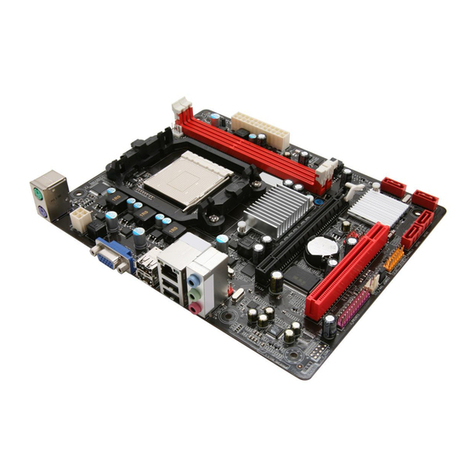
Biostar
Biostar A780L3B User guide
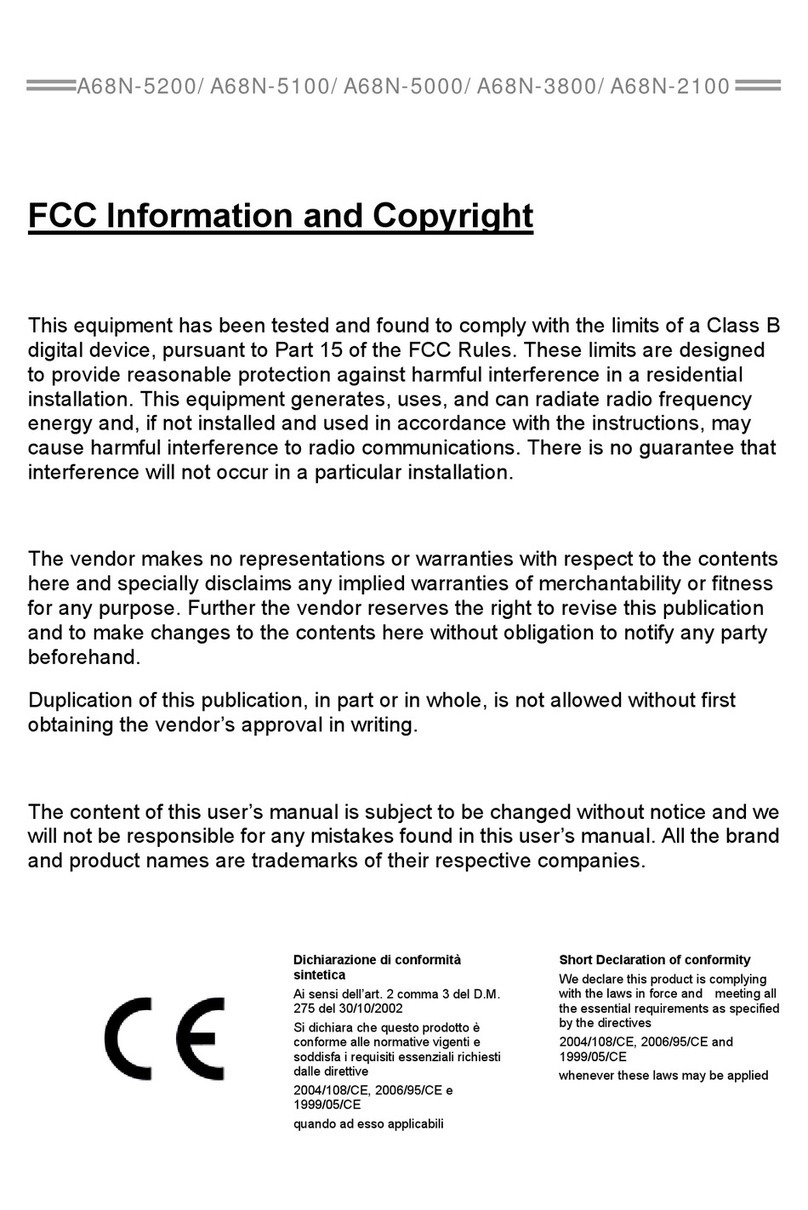
Biostar
Biostar A68N-5100 User manual

Biostar
Biostar B450MHP User manual
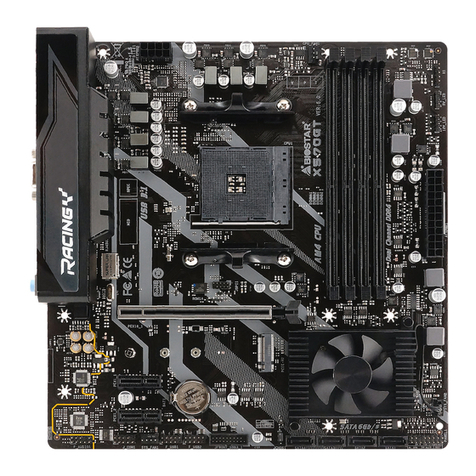
Biostar
Biostar X570GT Ver. 6.x User manual
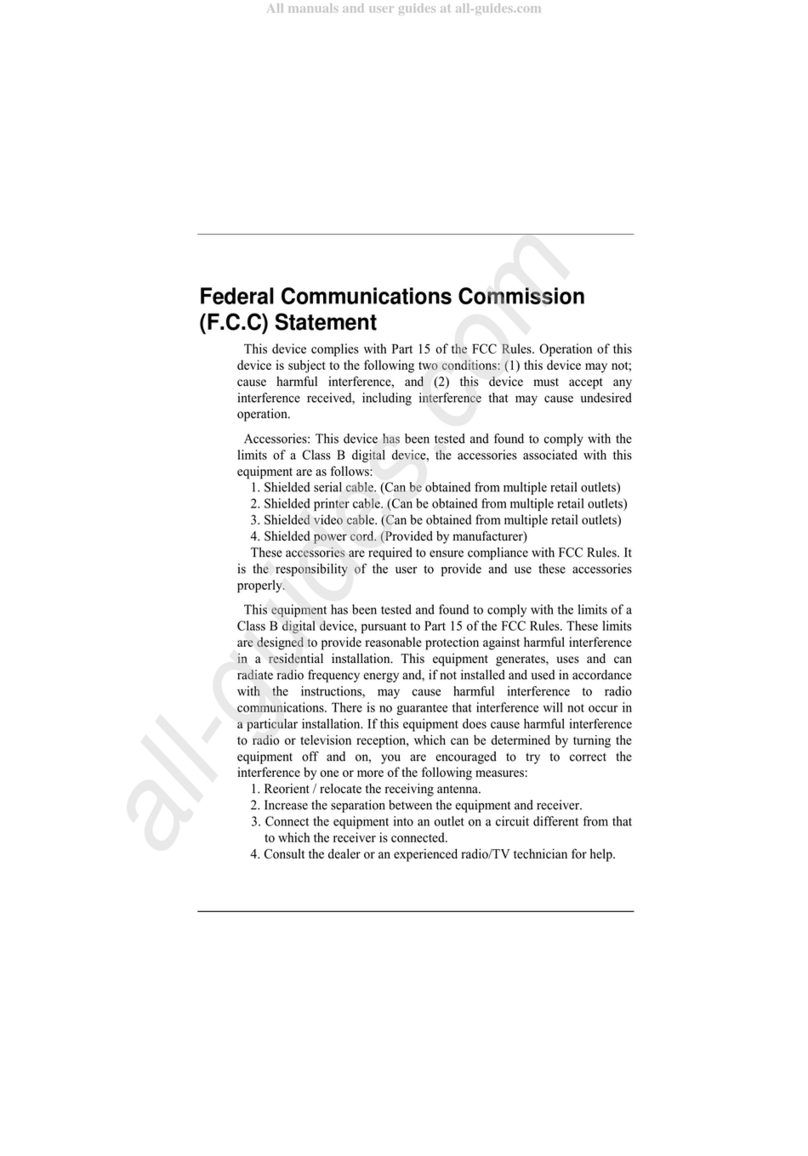
Biostar
Biostar M7MKE Instructions and recipes

Biostar
Biostar A740GM2 User guide
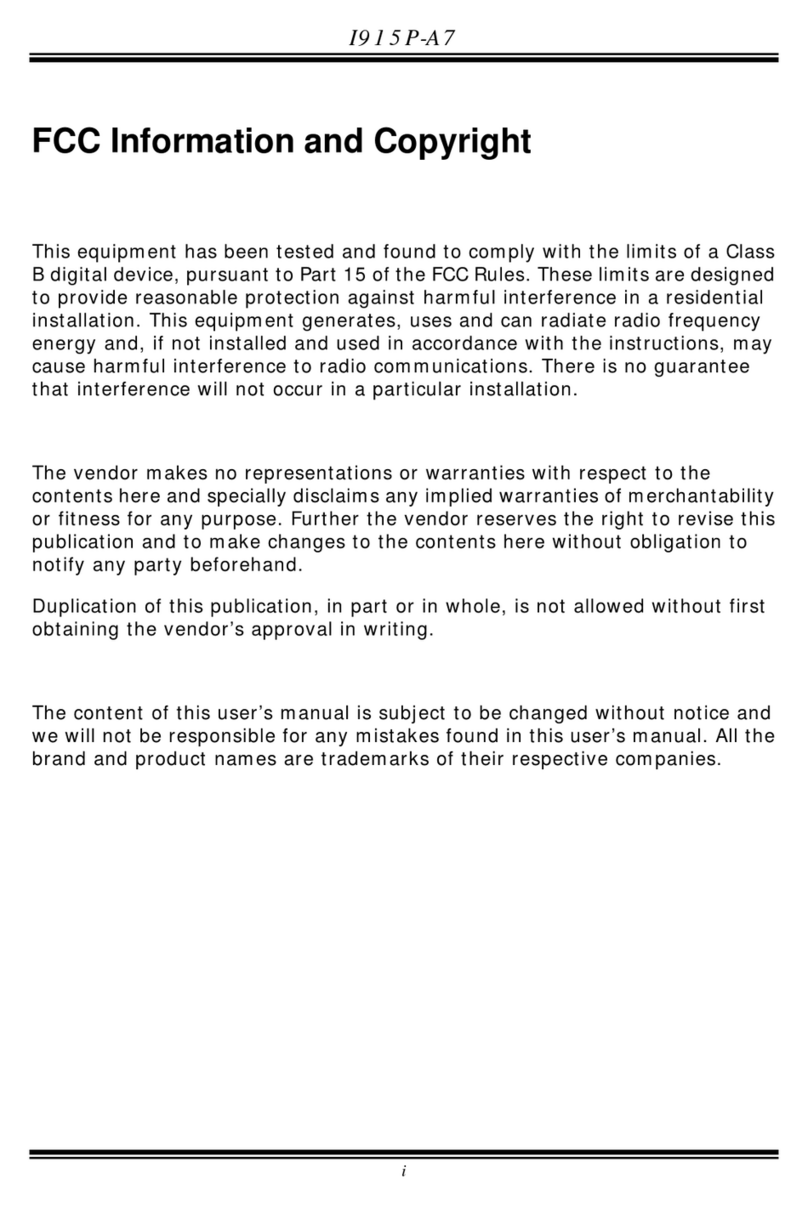
Biostar
Biostar I915P-A7 User manual
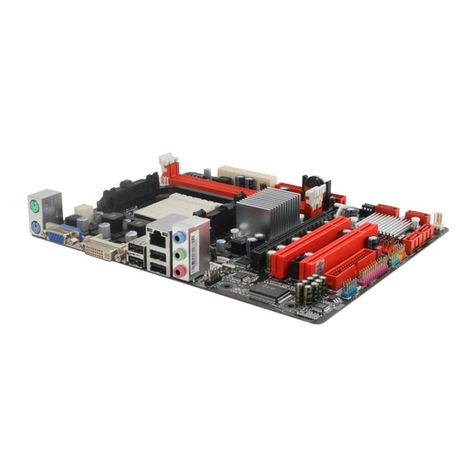
Biostar
Biostar A780L User guide
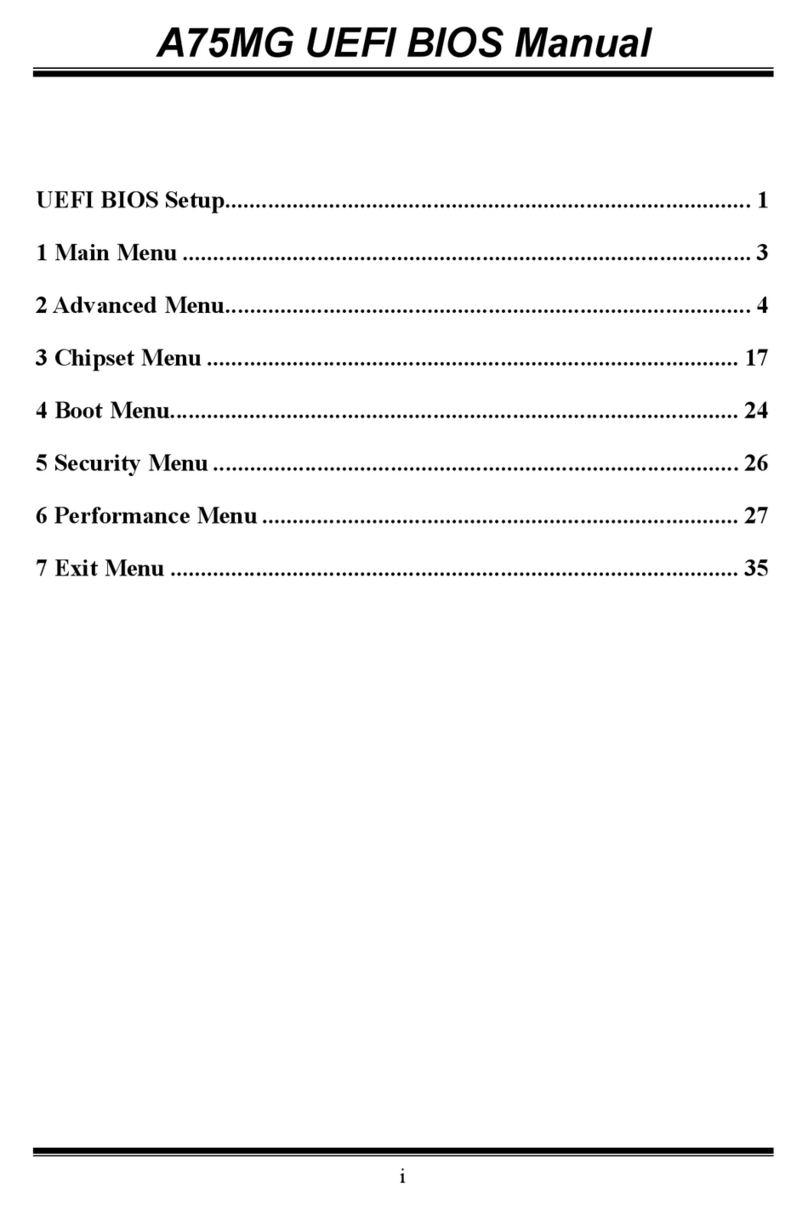
Biostar
Biostar A75MG User manual
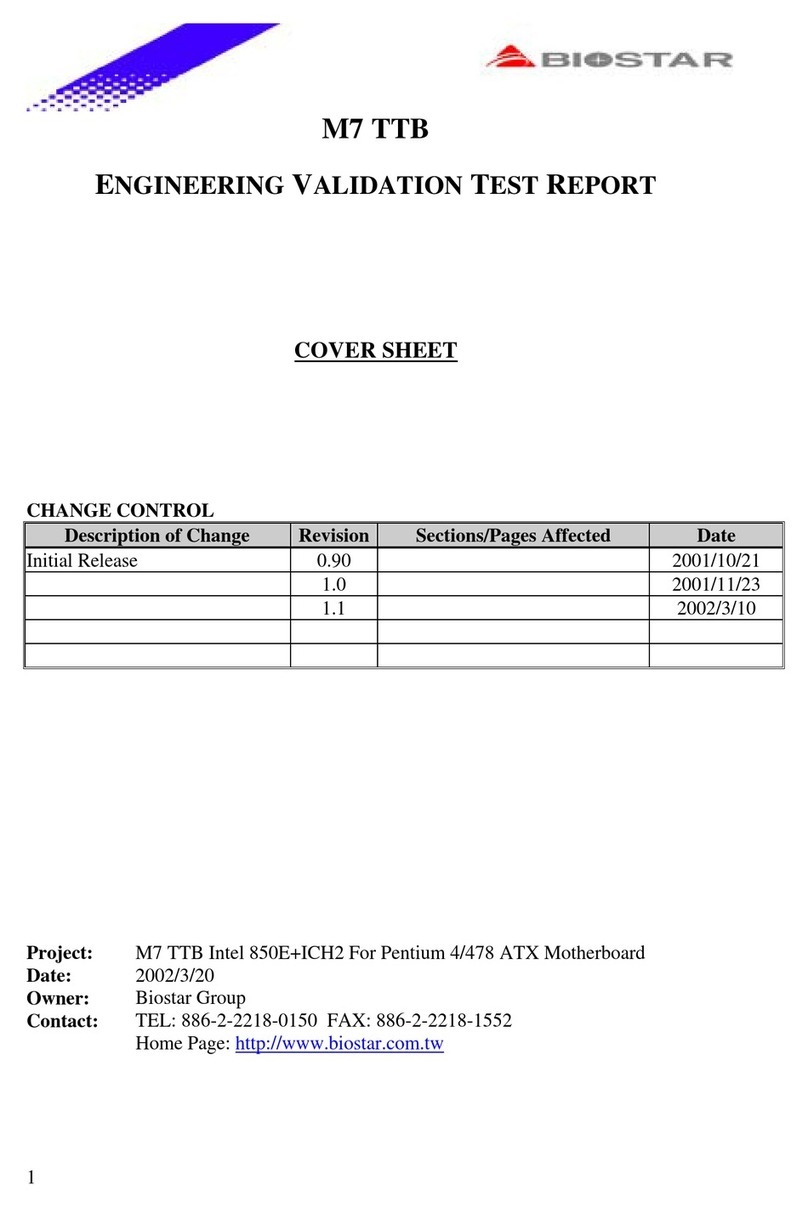
Biostar
Biostar M7TTB User manual
